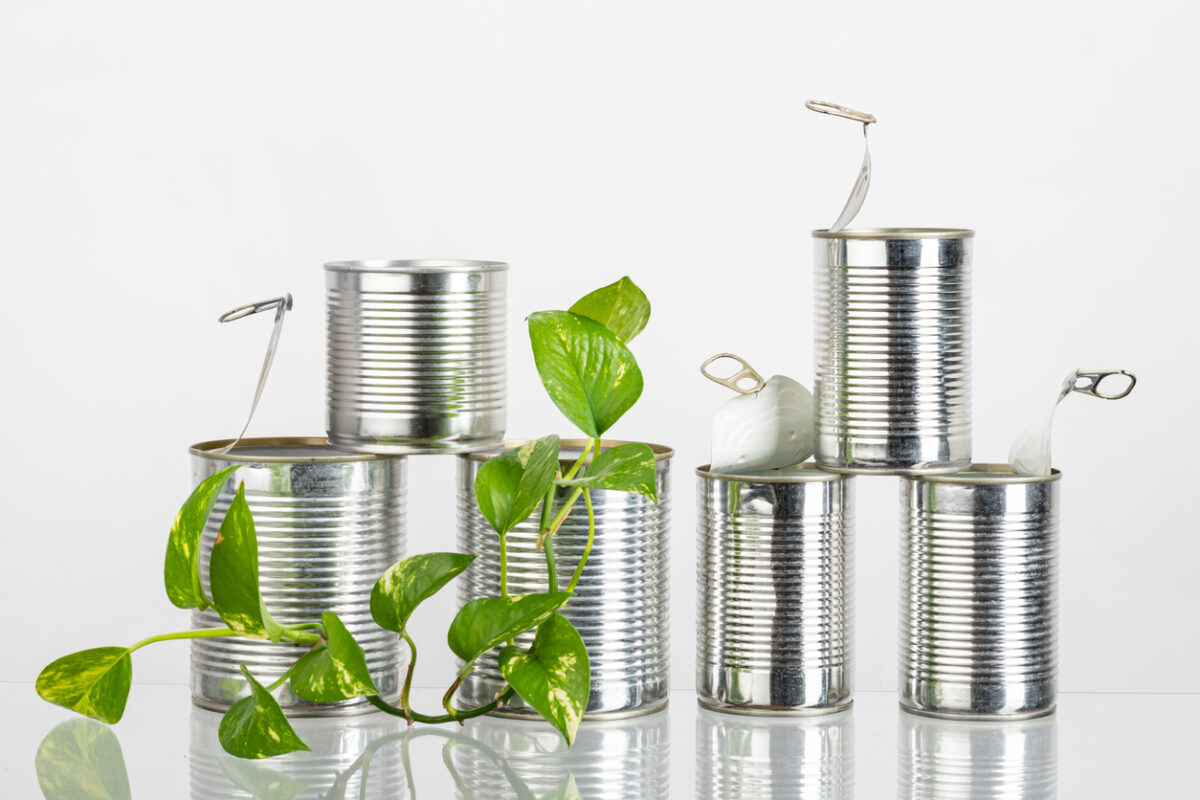In the fast-paced digital age, laser printers remain a staple in both home and office environments due to their efficiency, speed, and high-quality output. However, many users often find themselves questioning the longevity of these machines when left unused for extended periods. This article delves into the intricacies of laser printer maintenance, exploring how long they can sit idle without affecting their performance and offering practical tips for ensuring their longevity.
Understanding Laser Printer Mechanics
Before we address the question of inactivity, it’s essential to understand how laser printers operate. Unlike inkjet printers, which use liquid ink, laser printers utilize a dry powder known as toner. This toner is fused onto paper using heat and pressure, creating sharp, durable prints. The components of a laser printer, including the drum, toner cartridge, and fuser unit, are designed for longevity, but they are not immune to the effects of prolonged inactivity.
The Effects of Inactivity on Laser Printers
- Toner Settling: One of the primary concerns with leaving a laser printer unused is the settling of toner within the cartridge. Over time, toner can clump together, leading to inconsistent print quality when the printer is finally used again. While most modern toner cartridges are designed to minimize this issue, it is still advisable to shake the cartridge gently before use if it has been sitting idle for an extended period.
- Drum and Fuser Unit: The drum unit, which transfers the toner onto the paper, can also be affected by inactivity. If a printer sits unused for too long, the drum may dry out or become damaged, leading to poor print quality. Similarly, the fuser unit, which applies heat to bond the toner to the paper, can experience issues if not regularly heated and cooled.
- Electrical Components: Laser printers contain various electrical components that can degrade over time if not used. Dust accumulation and oxidation can affect connections and performance, leading to potential malfunctions when the printer is finally powered on.
How Long Can a Laser Printer Sit Unused?
The answer to this question largely depends on several factors, including the printer model, environmental conditions, and maintenance practices. Generally, a laser printer can sit unused for several weeks to a few months without significant issues. However, beyond this timeframe, users may start to notice a decline in print quality and performance.
- Short-Term Inactivity (Up to 1 Month): For printers that are not used for a few weeks, users typically do not need to worry about performance issues. A simple test print before resuming regular use is often sufficient to ensure everything is functioning correctly.
- Medium-Term Inactivity (1 to 3 Months): If a laser printer has been idle for one to three months, it is advisable to perform a thorough check. This includes shaking the toner cartridge, inspecting the drum for any signs of wear, and running a few test prints to clear any potential clogs or inconsistencies.
- Long-Term Inactivity (3 Months and Beyond): For printers that have been unused for three months or longer, more extensive maintenance may be required. Users should consider cleaning the printer, checking for dust accumulation, and possibly replacing the toner cartridge or drum unit if any degradation is observed.
Best Practices for Maintaining an Unused Laser Printer
To ensure that your laser printer remains in optimal condition, even during periods of inactivity, consider the following best practices:
- Regular Power On: Even if you do not need to print, turning on your laser printer every few weeks can help maintain the health of its components. This practice allows the fuser unit to heat up and prevents the drum from drying out.
- Environment Control: Store your printer in a climate-controlled environment. Extreme temperatures and humidity can adversely affect toner and printer components. Ideally, keep the printer in a room with stable temperature and low humidity.
- Use Quality Toner: Always use high-quality toner cartridges that are compatible with your printer model. Low-quality toner can lead to clumping and other issues, especially during periods of inactivity.
- Perform Regular Maintenance: Schedule routine maintenance checks, including cleaning the printer and replacing worn components. This proactive approach can help mitigate issues caused by inactivity.
- Documentation and Support: Refer to the manufacturer’s guidelines for specific recommendations regarding inactivity and maintenance. Each model may have unique requirements that can significantly affect its longevity.
Conclusion
In conclusion, while laser printers are designed for durability, their performance can be compromised if left unused for extended periods. Understanding the mechanics of your printer and implementing best practices for maintenance can significantly extend its lifespan and ensure consistent print quality. By following the guidelines outlined in this article, users can confidently leave their laser printers idle for several weeks or even months, knowing that they can quickly return to optimal performance when needed.



